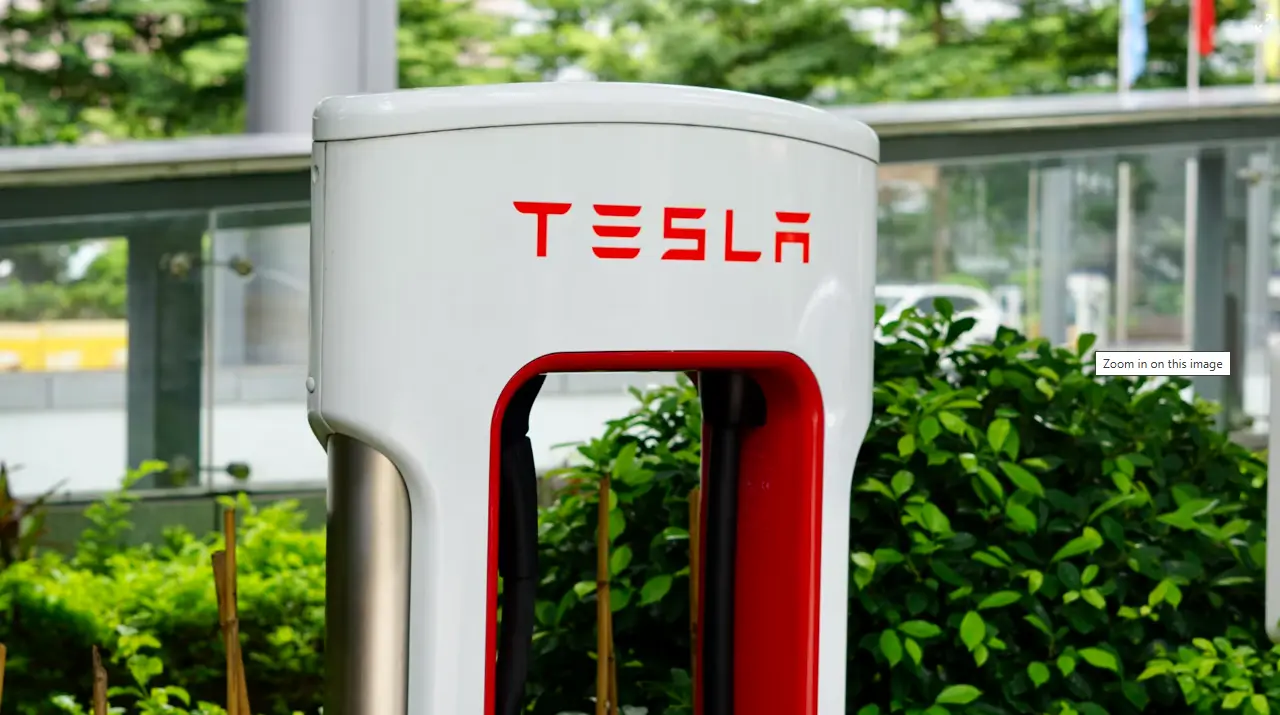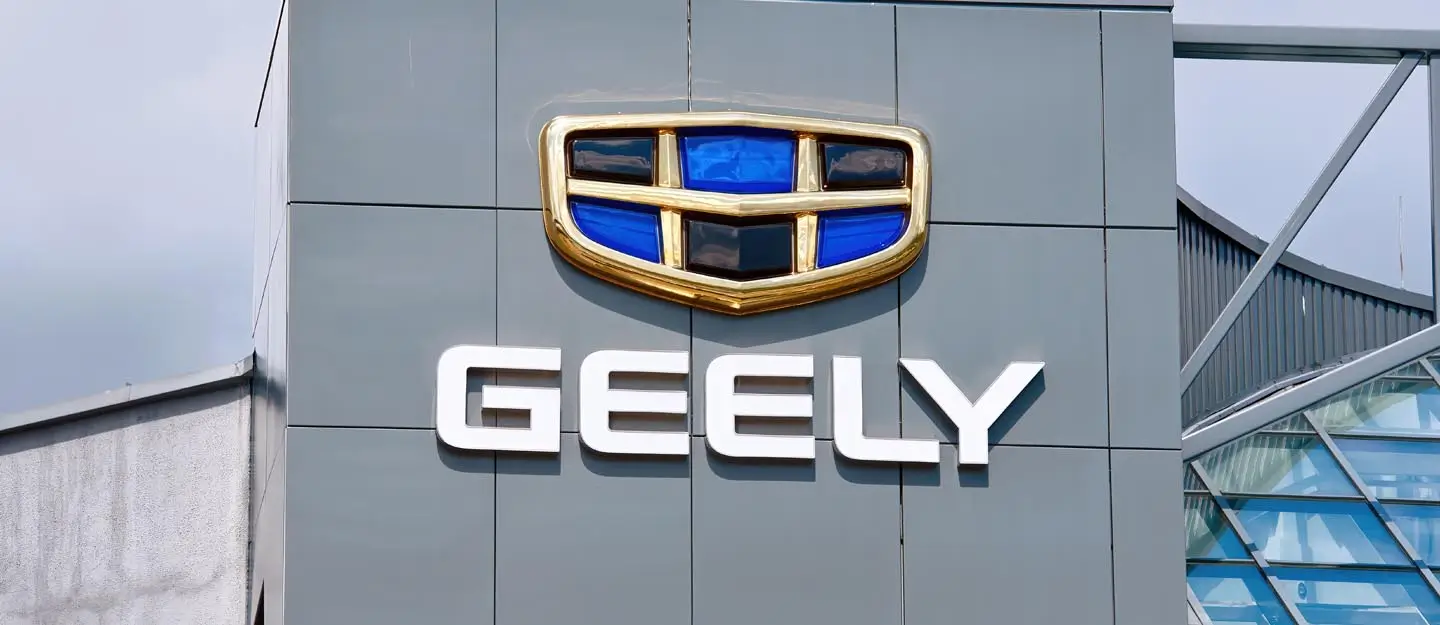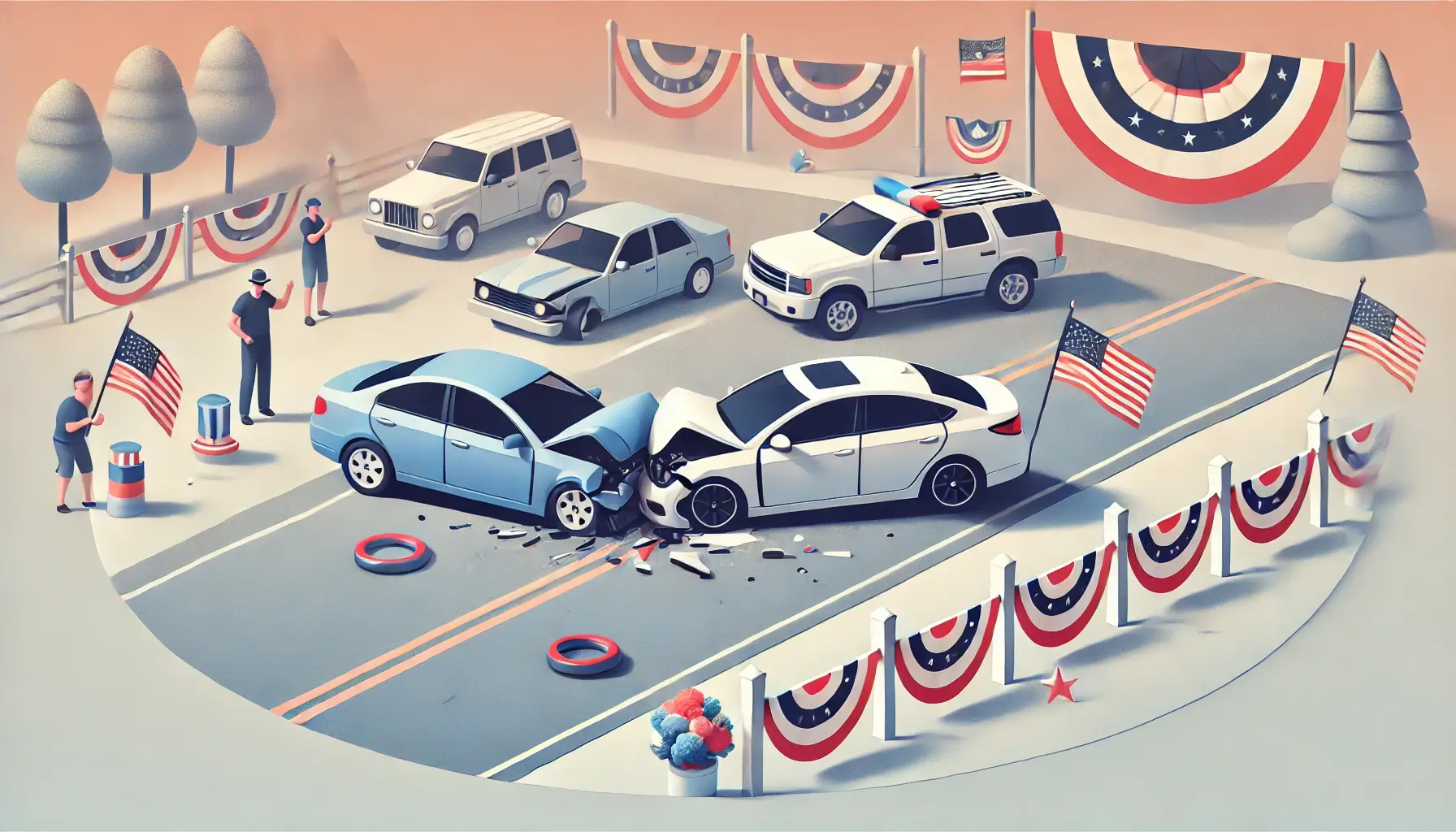Recently, Elon Musk announced on social media that Tesla’s Supercharger network will continue to grow, but the pace of opening new locations will slow down. This comes after reports that Tesla has cut hundreds of jobs, including many in the electric vehicle charging team. Musk emphasized that the focus will now be on maintaining 100% uptime and improving existing locations rather than expanding rapidly into new areas.

Behind Tesla’s Decision to Slow Down Supercharger Growth (PDF)
The Situation: Job Cuts and Financial Challenges
Tesla is facing some tough times. The company has reduced its global workforce by over 10 percent following a decrease in sales and profits. Among those laid off was Daniel Ho, the director of vehicle programs, highlighting a significant shift in how Tesla is prioritizing its projects.
A New Approach to Supercharger Expansion
Musk reassured Tesla owners that all currently under-construction Supercharger sites will be completed, including a specific site in Montana he mentioned in his posts. This suggests that while the expansion is slowing, the work on essential infrastructure continues.
Tesla’s Supercharger network is crucial for the company. It’s the biggest fast-charging network in the U.S., and Tesla has started allowing other car manufacturers like Ford and Rivian to use it. With 25,491 connectors across the U.S., Tesla plans to open more to these companies, even though older units are not compatible with all vehicles.
Industry Concerns and Potential Impacts
The layoffs in Tesla’s Supercharger team have raised concerns about how well the network can be maintained and expanded in the future. Industry experts are worried that this slowdown might affect the broader electric vehicle market, which relies heavily on robust charging infrastructure to attract consumers.
There’s a real concern within the industry that Tesla’s decision to decelerate the expansion of its Supercharger network could have broader repercussions. As a leading force in the EV charging landscape, any reduction in Tesla’s deployment activities could potentially dampen enthusiasm for electric vehicles overall, particularly at a time when worries about battery range and charging infrastructure accessibility are prevalent. This situation might make potential buyers hesitant, impacting the pace at which electric vehicles become mainstream.
Conclusion: Strategic Adjustment or Short-term Fix?
This shift in strategy might be Tesla’s way of making sure they can keep their network reliable without spreading their resources too thin. But it also raises questions about whether this move is just a temporary fix to manage financial issues or a long-term strategy change.
What are your thoughts on how this will impact the future of electric vehicle adoption?




